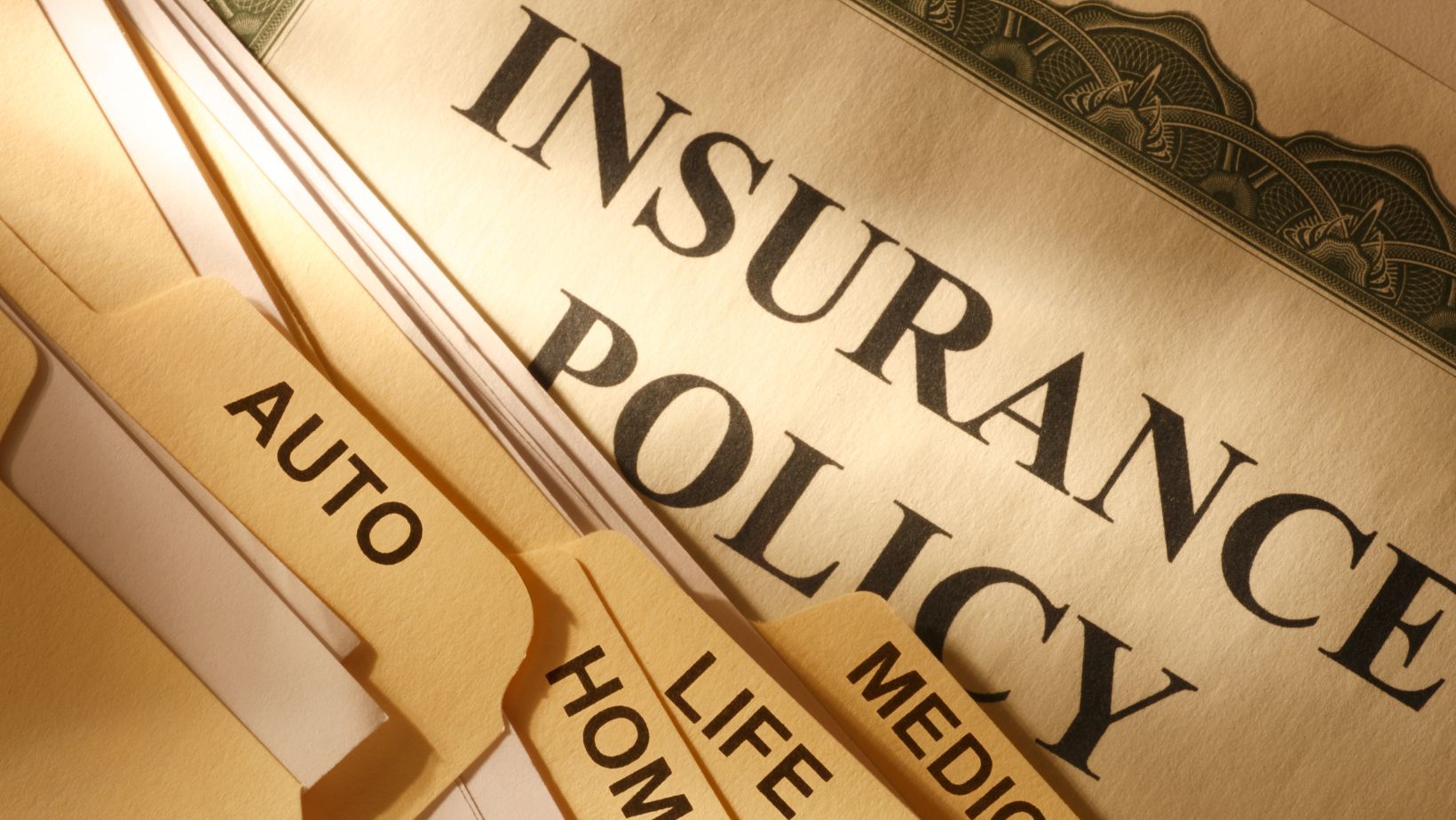Want to protect everything you own without breaking the bank?
Most renters think insurance is just another expense they can’t afford. They’re wrong.
Renters insurance costs only about $170 per year. That’s less than $15 per month.
Here’s the problem:
Only 57% of renters actually have renters insurance. That leaves nearly half of all renters completely exposed to financial disaster.
But here’s the thing…
A single apartment fire could wipe out everything you own. Without proper coverage, you’re gambling with your financial future every single day.
What You’ll Discover:
- Why Most Renters Skip This Critical Protection
- The Hidden Costs of Going Uninsured
- Smart Coverage Strategies That Save Money
- How to Choose the Right Policy Limits
Why Most Renters Skip This Critical Protection
The biggest myth about renters insurance?
That your landlord’s policy covers your stuff.
It doesn’t.
Your landlord’s insurance only covers the building structure. Your furniture, electronics, clothes, and personal belongings? They’re completely unprotected.
And here’s something that might shock you…
48.2% of renter-occupied units spend more than 30% of their income on rent and utilities alone. With tight budgets, many renters think insurance is just another unnecessary expense.
They couldn’t be more wrong.
When you’re already stretching every dollar, losing everything you own to a fire or theft is the last thing you can afford. That’s exactly when you need protection most.
But there’s good news:
Renters insurance premiums have actually been dropping. They fell 1.7% in 2021, marking the seventh consecutive year of declines.
If you’re shopping around for the best deals, checking out community discussions about renters insurance quotes can give you real-world insights from other renters who’ve done the legwork.
Pretty smart, right?
The Hidden Costs of Going Uninsured
Let’s paint you a picture…
Your apartment gets broken into. The thieves take your laptop, TV, jewelry, and clothes. Without renters insurance, you’re looking at thousands of dollars to replace everything.
And that’s just property damage.
What if someone gets hurt in your apartment?
Renters insurance includes liability coverage that protects you if:
- A guest slips and falls in your apartment
- Your dog bites someone
- You accidentally damage your neighbor’s property
- You cause a fire that spreads to other units
Without liability coverage, a single lawsuit could bankrupt you.
It really is that serious.
Smart Coverage Strategies That Save Money
The secret to maximizing your renters insurance isn’t buying the most expensive policy.
It’s getting the right coverage for your specific situation.
Here’s how to do it smartly:
Bundle Your Policies
Most insurance companies offer discounts when you bundle renters insurance with auto insurance. You can often save 10-25% on both policies just by keeping them with the same company.
Simple, right?
Choose Your Deductible Wisely
Higher deductibles mean lower premiums. But make sure you can actually afford to pay the deductible if you need to file a claim.
A good rule: Set your deductible at the highest amount you could comfortably pay out of pocket in an emergency.
Document Everything You Own
Take photos or video of all your belongings. Store this inventory somewhere secure (like cloud storage). This makes filing claims much easier and ensures you don’t forget anything valuable.
Pretty straightforward stuff.
Consider Replacement Cost vs. Actual Cash Value
Replacement cost coverage costs more upfront but pays to replace your items at today’s prices. Actual cash value factors in depreciation, so you get less money when you file a claim.
For most renters, replacement cost coverage is worth the extra cost.
How to Choose the Right Policy Limits
The standard renters insurance policy covers:
- Personal property: Usually $15,000 to $30,000
- Liability: Typically $100,000 to $300,000
- Additional living expenses: If your apartment becomes unlivable
But how much do you actually need?
Personal Property Coverage
Walk through your apartment and estimate what it would cost to replace everything. Don’t forget:
- Electronics and gadgets
- Furniture and appliances
- Clothing and shoes
- Books, art, and decorations
- Kitchen items and tools
 Most people underestimate how much their stuff is worth. A conservative estimate for a one-bedroom apartment is usually $20,000-$30,000.
Most people underestimate how much their stuff is worth. A conservative estimate for a one-bedroom apartment is usually $20,000-$30,000.
Liability Coverage
The minimum liability coverage is usually $100,000, but that might not be enough. If you have any assets or earn a decent income, consider higher limits.
Why?
If someone sues you for $200,000 but you only have $100,000 in coverage, you’re personally responsible for the remaining $100,000.
That’s a problem you don’t want to have.
Additional Living Expenses
This coverage pays for hotel bills and restaurant meals if your apartment becomes unlivable due to a covered loss. Look for policies that cover at least 12 months of additional living expenses.
Special Considerations for High-Value Items
Standard renters insurance has limits on certain items:
- Jewelry: Usually capped at $1,000-$2,500
- Electronics: Often limited per item
- Art and collectibles: May have low coverage limits
- Cash: Usually limited to $200-$500
If you own expensive items, you’ll need to add riders or endorsements to your policy. These cost extra but provide proper coverage for your valuable possessions.
It makes sense when you think about it.
What Renters Insurance Doesn’t Cover
Even the best renters insurance has gaps. Standard policies typically exclude:
- Flood damage: You need separate flood insurance
- Earthquakes: Requires additional coverage in most states
- Business property: If you work from home
- Roommate’s belongings: Each person needs their own policy
- Bed bugs and pest infestations: Usually considered a maintenance issue
Understanding these exclusions helps you avoid unpleasant surprises when filing claims.
Filing Claims the Right Way
When disaster strikes, how you handle the claims process can make a huge difference in how much money you receive.
Here’s the step-by-step process:
Report Claims Immediately
Most insurers require you to report claims within a specific timeframe. Don’t wait – call your insurance company as soon as it’s safe to do so.
Document Everything
Take photos and videos of all damage before cleaning up or throwing anything away. Keep receipts for any immediate expenses (like hotel stays).
Work with Adjusters Professionally
Be honest and cooperative, but don’t guess at values or details. Stick to facts you can verify.
Keep Detailed Records
Save all communication with your insurance company. Track claim numbers, adjuster names, and dates of all conversations.
It really is that simple.
Wrapping Things Up
Renters insurance isn’t just another monthly bill – it’s financial protection that costs less than most people spend on coffee each month.
With coverage starting around $170 per year and premiums continuing to drop, there’s really no excuse to go without protection. The risk of losing everything you own far outweighs the small monthly cost.
Smart renters insurance strategies include:
- Bundling with auto insurance for discounts
- Choosing appropriate deductibles and coverage limits
- Documenting belongings with photos or video
- Understanding what’s covered (and what isn’t)
- Adding riders for high-value items
Remember, you’re not just protecting your stuff – you’re protecting your financial future. One major loss could set you back years financially.
The best time to get renters insurance was yesterday. The second best time is today.

